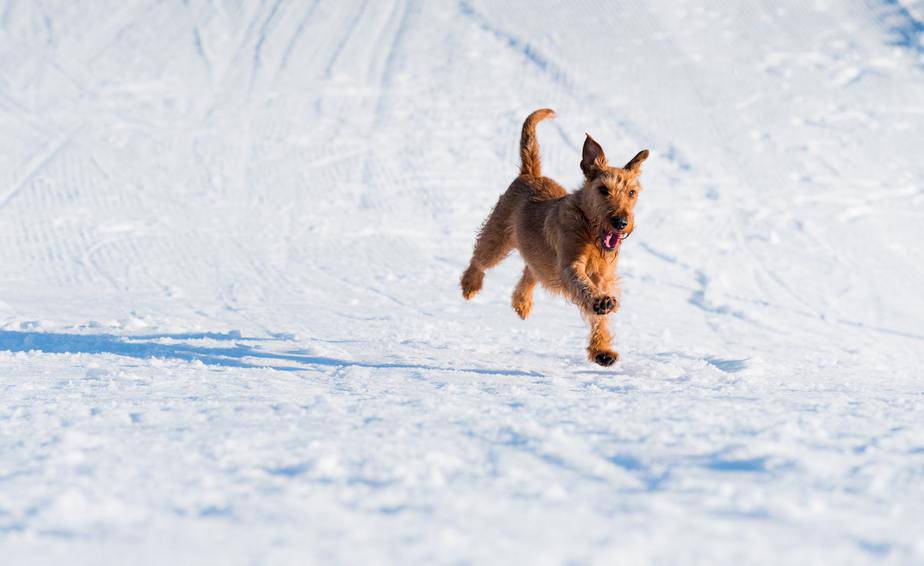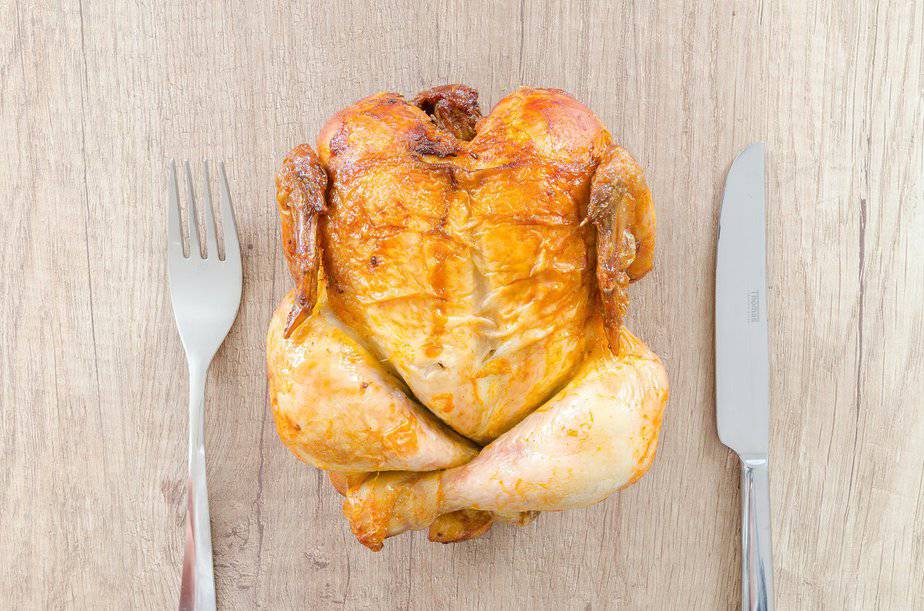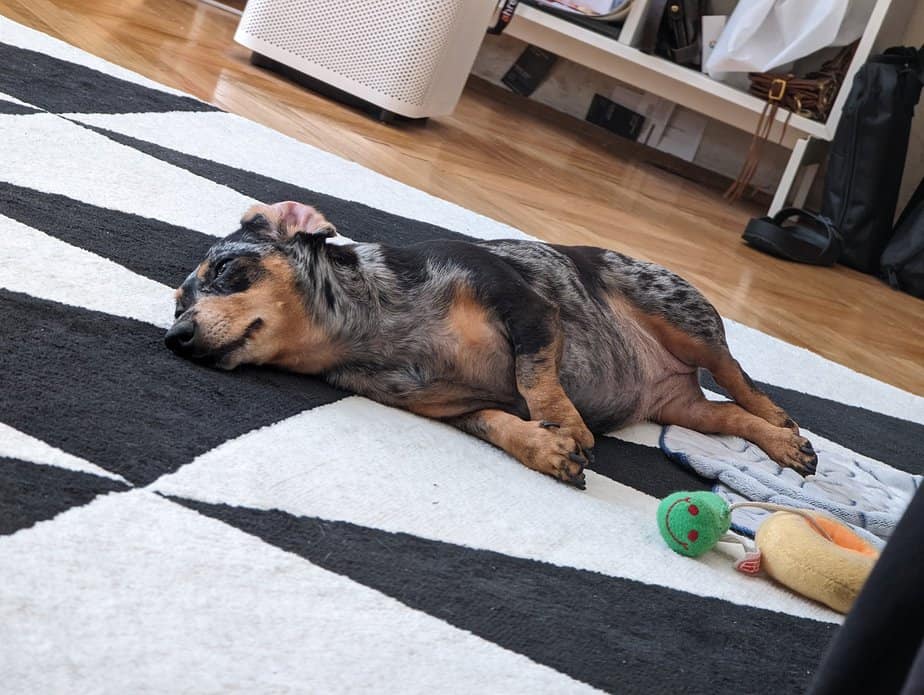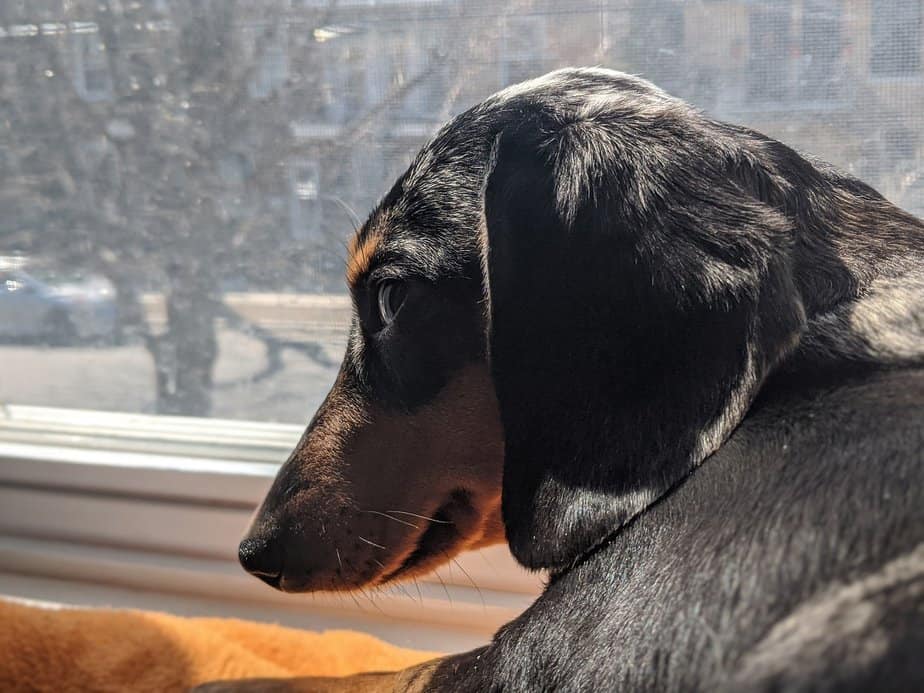The Norfolk terrier originated from England, like most of the terrier dog breeds we have today. It’s a very cuddly and affectionate dog. They have a stubborn streak a mile wide but it’s par for the course when with any dog breed that ends in “Terrier”.
Are Norfolk Terriers Good Pets?
A Norfolk terrier is one courageous dog. They make alert watch dogs that bark to alert you of any threat to the household. On top of that, they get along great with other pets and love kids. This means that kids will have a lot of fun with a Norfolk terrier pet dog. The only downside we know of is that they may perceive smaller animals as prey and not pets. Keep these hunting dogs in a large fenced yard. They thrive on exercise and boredom can lead to misdeeds. Basically, they are the best companions your kids could dream of!
Do they get along with cats?
Norfolk Terriers usually get along with cats and dogs. They can be a bit jealous, possessive or bossy but it’s more of a personality trait than a specific breed trait. It will depend greatly from dog to dog. We would say that they are one of the most cat-friendly breeds we’ve written about so far.
Do they bark a lot?
Hmmm…yes. They are terriers after all. If you are getting one of these dogs, make sure that you train them properly as they have a tendency to bark excessively. Heed this warning! Our dog is from a breed known to bark a lot. We basically almost ended up with a second doorbell at home. Thankfully, patience and training paid off. Barking is under control in our home…however, it is undeniable that it is a strong instinct in some dogs.
Are they easy to train?
Norfolk Terriers are very eager to please. Although they are stubborn, they are relatively easy to train because they want to please their owners. You can get the best of these feisty creatures using the reward system. Praises and treats will get you a long way when it comes to training a Norfolk terrier.
Crate Training Your Norfolk Terrier
Well, it involves training your Norfolk terrier pet dog to stay in a crate when it is left unsupervised. Used humanely, a crate can be a great den for your Norfolk terrier pet dog. This will help your Norfolk terrier pet dog when it needs some sort of privacy or alone time. This will also train your Norfolk terrier pet dog not to soil around the house. Crate training is great for pet owners, as you know that your pet is safe if left unsupervised.
Grooming Your Norfolk Terrier
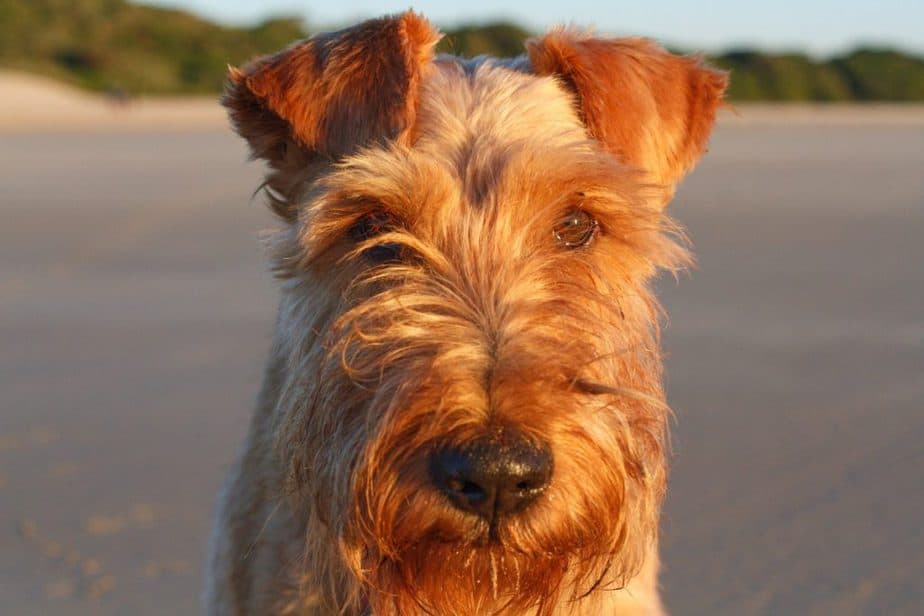
You need to brush it at least twice a day. This will help get rid of tangles and prevent matting.
Boredom for this breed usually leads to destruction, so you should try to keep it occupied.
If you are planning to get a Norfolk terrier pet dog, here are some things you should know:
A Norfolk terrier does not naturally shed its fur. This means that they can be kept indoors without risk of leaving fur on your floor. However, you do need to take your Norfolk terrier pet dog to a groomer twice a year in order to strip the coat. This is done in order to promote the growth of a new weather-resistant coat. In a sense, this allows your Norfolk terrier pet dog to freshen up.
In order to properly care for the coat of your Norfolk terrier pet dog, you need to brush it at least twice a day. This will help get rid of tangles and prevent matting.
What is the difference between a Norwich terrier and a Norfolk terrier?
So, I had to Google this one to truly understand the difference between these two dog breeds. The most obvious difference you can spot right away is the ears. More specifically, the ear carriage (aka the way the dog holds its ears) is different. A Norfolk terrier has ears that look like they are folded over. That’s called drop ears. You can tell if it is Norwich instead of a Norfolk terrier if it has prick ears. Prick ears stand up and look alert all the time.
